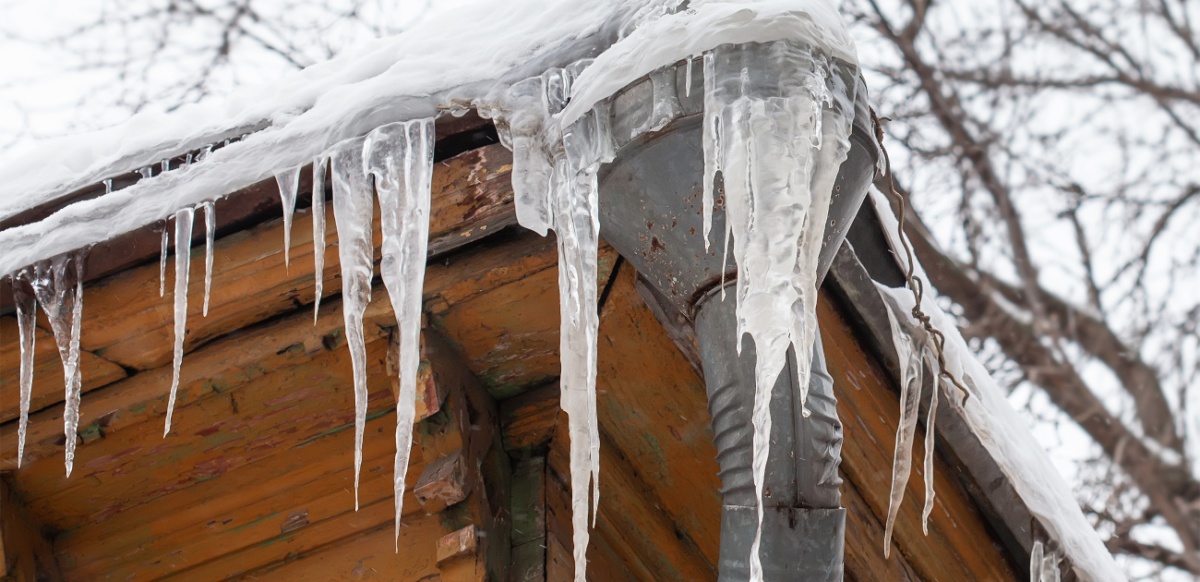Avoiding Frozen Pipes: Best Strategies for Cold Weather
Avoiding Frozen Pipes: Best Strategies for Cold Weather
Blog Article
Everybody may have their private perception involving Preventing and dealing with frozen pipes.

Winter can wreak havoc on your plumbing, particularly by freezing pipes. Here's just how to prevent it from occurring and what to do if it does.
Intro
As temperatures drop, the risk of frozen pipes increases, potentially causing expensive repairs and water damages. Recognizing how to avoid frozen pipelines is important for house owners in cool environments.
Avoidance Tips
Insulating prone pipes
Wrap pipes in insulation sleeves or utilize warmth tape to shield them from freezing temperatures. Concentrate on pipes in unheated or external areas of the home.
Heating techniques
Maintain interior areas effectively heated, especially areas with pipes. Open up cabinet doors to enable warm air to distribute around pipelines under sinks.
Just how to recognize frozen pipelines
Search for reduced water circulation from taps, uncommon odors or noises from pipes, and noticeable frost on subjected pipelines.
Long-Term Solutions
Structural adjustments
Consider rerouting pipes far from outside wall surfaces or unheated locations. Include added insulation to attic rooms, basements, and crawl spaces.
Upgrading insulation
Buy high-quality insulation for pipes, attics, and wall surfaces. Appropriate insulation helps preserve consistent temperature levels and decreases the danger of frozen pipes.
Safeguarding Outdoor Plumbing
Yard hose pipes and outside faucets
Separate and drain yard hose pipes before winter season. Set up frost-proof spigots or cover outdoor faucets with shielded caps.
Understanding Frozen Pipes
What creates pipelines to ice up?
Pipelines ice up when revealed to temperature levels listed below 32 ° F (0 ° C) for extended durations. As water inside the pipelines ices up, it increases, putting pressure on the pipe wall surfaces and possibly causing them to break.
Threats and damages
Frozen pipelines can lead to supply of water interruptions, home damages, and expensive repair services. Burst pipelines can flood homes and create substantial architectural damage.
Indicators of Frozen Pipes
Recognizing frozen pipelines early can avoid them from rupturing.
What to Do If Your Pipelines Freeze
Immediate activities to take
If you believe frozen pipes, keep taps open to relieve pressure as the ice thaws. Utilize a hairdryer or towels taken in hot water to thaw pipelines gradually.
Conclusion
Preventing frozen pipelines calls for aggressive actions and fast reactions. By comprehending the causes, signs, and safety nets, house owners can secure their plumbing during cold weather.
5 Ways to Prevent Frozen Pipes
Drain Outdoor Faucets and Disconnect Hoses
First, close the shut-off valve that controls the flow of water in the pipe to your outdoor faucet. Then, head outside to disconnect and drain your hose and open the outdoor faucet to allow the water to completely drain out of the line. Turn off the faucet when done. Finally, head back to the shut-off valve and drain the remaining water inside the pipe into a bucket or container. Additionally, if you have a home irrigation system, you should consider hiring an expert to clear the system of water each year.
Insulate Pipes
One of the best and most cost-effective methods for preventing frozen water pipes is to wrap your pipes with insulation. This is especially important for areas in your home that aren’t exposed to heat, such as an attic. We suggest using foam sleeves, which can typically be found at your local hardware store.
Keep Heat Running at 65
Your pipes are located inside your walls, and the temperature there is much colder than the rest of the house. To prevent your pipes from freezing, The Insurance Information Institute suggests that you keep your home heated to at least 65 degrees, even when traveling. You may want to invest in smart devices that can keep an eye on the temperature in your home while you’re away.
Leave Water Dripping
Moving water — even a small trickle — can prevent ice from forming inside your pipes. When freezing temps are imminent, start a drip of water from all faucets that serve exposed pipes. Leaving a few faucets running will also help relieve pressure inside the pipes and help prevent a rupture if the water inside freezes.
Open Cupboard Doors
Warm your kitchen and bathroom pipes by opening cupboards and vanities. You should also leave your interior doors ajar to help warm air circulate evenly throughout your home.

Do you appreciate reading about 6 Ways to Prevent Frozen Pipes? Leave a remark below. We will be glad to find out your opinions about this article. We are looking forward to see you back again before long. For those who enjoyed our blog post plz remember to share it. Thanks a lot for taking the time to read it.
Visit My Web Page Report this page